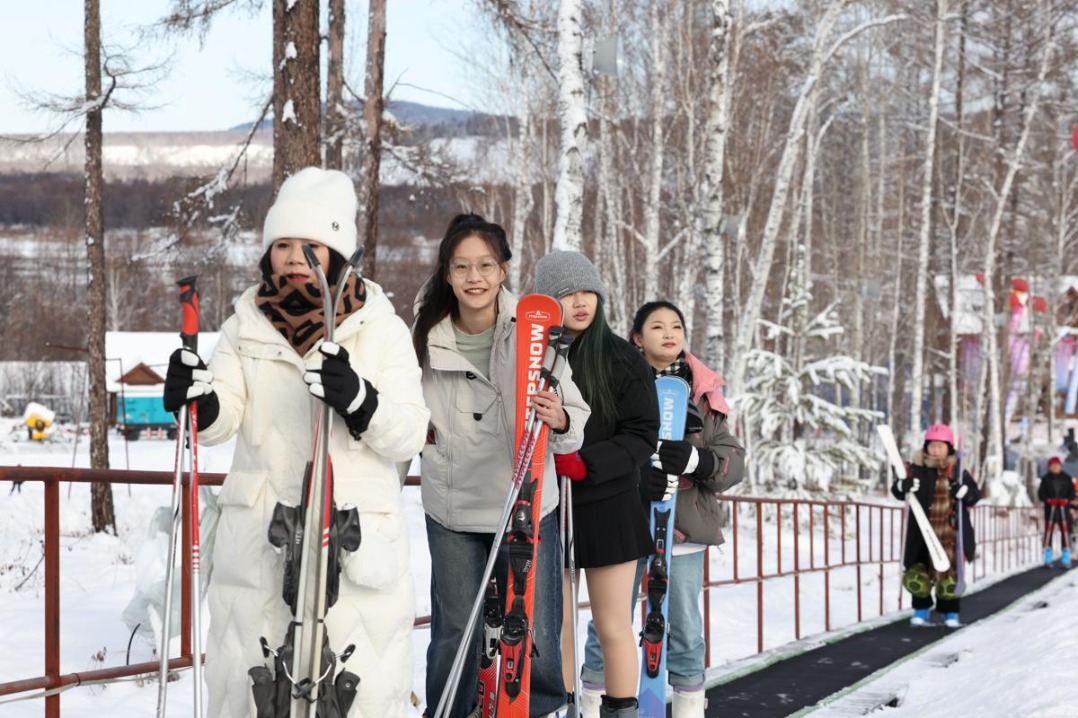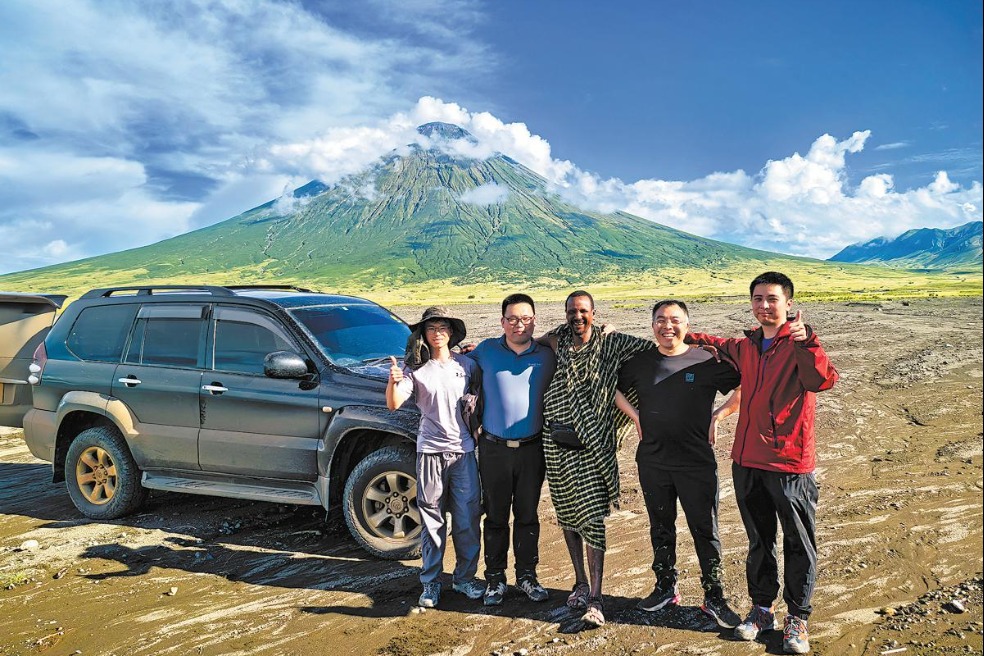China's 'mice astronauts' and their challenging journey to space

BEIJING -- Footage of four mice living aboard China's space station alongside the Shenzhou XXI astronaut crew has recently been transmitted back to Earth, revealing these small animals in good spirits and in an apparent state of well-being.
The video shows astronauts retrieving the experiment facilities containing the mice from a specialized transport bag. They then installed the facilities in orbit and connected them to the power supply. Once activated, the device maintained a stable internal temperature of around 26 degrees Celsius.
In the footage, the mice can be seen taking turns resting in shelter nests inside the facilities and occasionally climbing actively along the cage walls -- appearing lively and well-adapted.
They quickly located the rodent food and began eating while making slight head movements, exhibiting normal feeding behavior after their arrival on the space station. The shelter nests also proved functional, offering the mice a sense of security.
When the facilities were initially unpacked, floating feces and food debris were visible inside. After powering on the facilities, directional air flow within them was activated to blow hair, feces and other garbage toward a sticky surface at the bottom -- ensuring a clean and hygienic environment for the mice.
As a key model animal in the field of life sciences, mice feature several advantages -- high genetic similarity to humans, small body size and short reproductive cycle, and a high amenability to genetic modification, said Huang Kun, an expert from the Technology and Engineering Center for Space Utilization of the Chinese Academy of Sciences (CAS).
"These traits make them ideal for studying physiological and pathological processes, as well as the growth, development and reproduction of living organisms in space," he said.
To qualify as "animal astronauts," the mice underwent a series of rigorous tests designed to evaluate their physical and psychological adaptability.
The first stage assessed physical fitness, with the mice placed on a specially designed "exercise bike" -- essentially an accelerating rotating rod, where they had to maintain their position for a set duration. This tested their strength, endurance and grip.
The next challenge focused on motion sickness resistance. Using a two-dimensional rotating device, researchers exposed the mice to multi-directional, prolonged spinning -- helping them adapt to conditions that could cause space motion sickness.
Behavioral screening was also conducted. By suspending the mice upside down, researchers observed their struggle response, selecting those that actively resisted -- identified as the more resilient "optimists." Maze tests further evaluated their spatial cognition and adaptive skills, ensuring they could navigate and find food even in a weightless environment.
According to experts, after completing all tests, the mice were transferred into compact cages that simulated the space cabin environment. This allowed them to acclimate to the confined living conditions they would experience in orbit. Ultimately, the four best-performing mice earned their "boarding passes" to space.
By collecting preliminary data on stress responses and adaptation mechanisms in microgravity -- scientists may end up using such observations to decode how weightlessness and enclosed space influence mice behaviors.
After completing their orbital mission, the "mice astronauts" will return to Earth aboard the Shenzhou-20 spaceship for further analysis.
"The findings will be critical to assessing the feasibility of long-term human survival and reproduction in space -- and may also deliver insights beneficial to human health on Earth," Huang said, while noting that the experiment will represent a major step forward in China's space life science research capabilities.
- Chinese vice-premier stresses new significant development opportunities for Hong Kong
- Illegal gold panning resurfaces in Gansu river amid soaring prices
- Astronauts barbecue chicken wings, steaks in China's space station
- China's 'mice astronauts' and their challenging journey to space
- Bookstore manager fosters connections through love of reading
- Welcome home, Shenzhou XX astronauts!






































